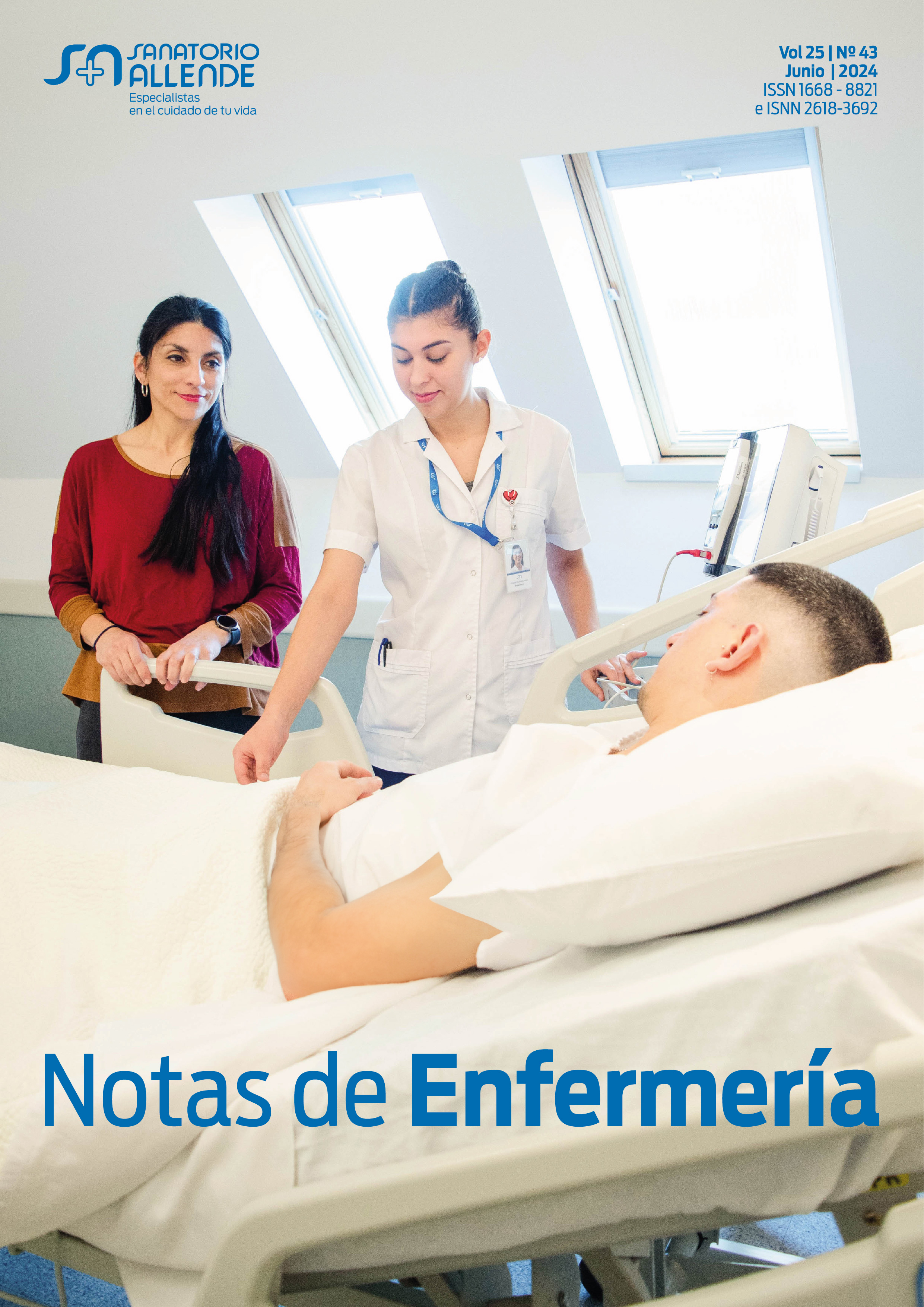Vacuum assisted closure (VAC), about a case in primary care.
DOI:
https://doi.org/10.59843/2618-3692.v25.n43.45453Keywords:
Vacuum-assisted closure (VAC therapy), Complex wounds healing, compartment síndromeAbstract
Acute compartment syndrome requires surgical decompression by fasciotomy, this technique must be urgent and will be key to avoid the establishment of serious sequels. The subsequent approach to these wounds, which are difficult and slow to heal, is a challenge for health professionals and a problem for public health due to high costs and high morbidity. Negative pressure therapy (NPWT) or vacuum assisted closure (VAC) is a non-invasive treatment that achieves wound healing by promoting vascularization, the appearance of granulation tissue and elimination of excess exudate.
Downloads
References
1.Argenta LC, Morykwas MJ. Vacuum-assisted closure: a new method for wound control and treatment: clinical experience. Ann Plast Surg. 1997 Jun;38(6):563-76.
2.Timmers MS, Le Cessie S, Banwell P, Jukema GN. The effects of varying degrees of pressure delivered by negative-pressure wound therapy on skin perfusion. Ann Plast Surg 2005;55(6):665-671.
3.Llanos S, Danilla S, Barraza C, et al.: Effectiveness of negative pressure closure in the integration of split thickness skin grafts. Ann Surg. 2006;244:700.
4.Buendía Pérez, J., Vila Sobral, A., Gómez Ruiz, R. et al. Tratamiento de heridas complejas con terapia de presión negativa: Experiencia en los últimos 6 años en la Clínica Universitaria de Navarra, Pamplona (España). Cirugía Plástica Ibero-Latinoamericana, 2011, vol. 37, p. S65-S71.
5. Alfaro OE. Síndrome compartimental por envenenamiento ofídico. (manejo de fasciotomía con terapia vac). Rev Med Cos Cen. 2010;67(594):405-415.
Downloads
Published
Issue
Section
License
Copyright (c) 2024 Sanatorio Allende

This work is licensed under a Creative Commons Attribution-NonCommercial 4.0 International License.
Those authors who have published with this journal, accept the following terms:
- Attribution — You must give appropriate credit, provide a link to the license, and indicate if changes were made. You may do so in any reasonable manner, but not in any way that suggests the licensor endorses you or your use.
- NonCommercial — You may not use the material for commercial purposes.

